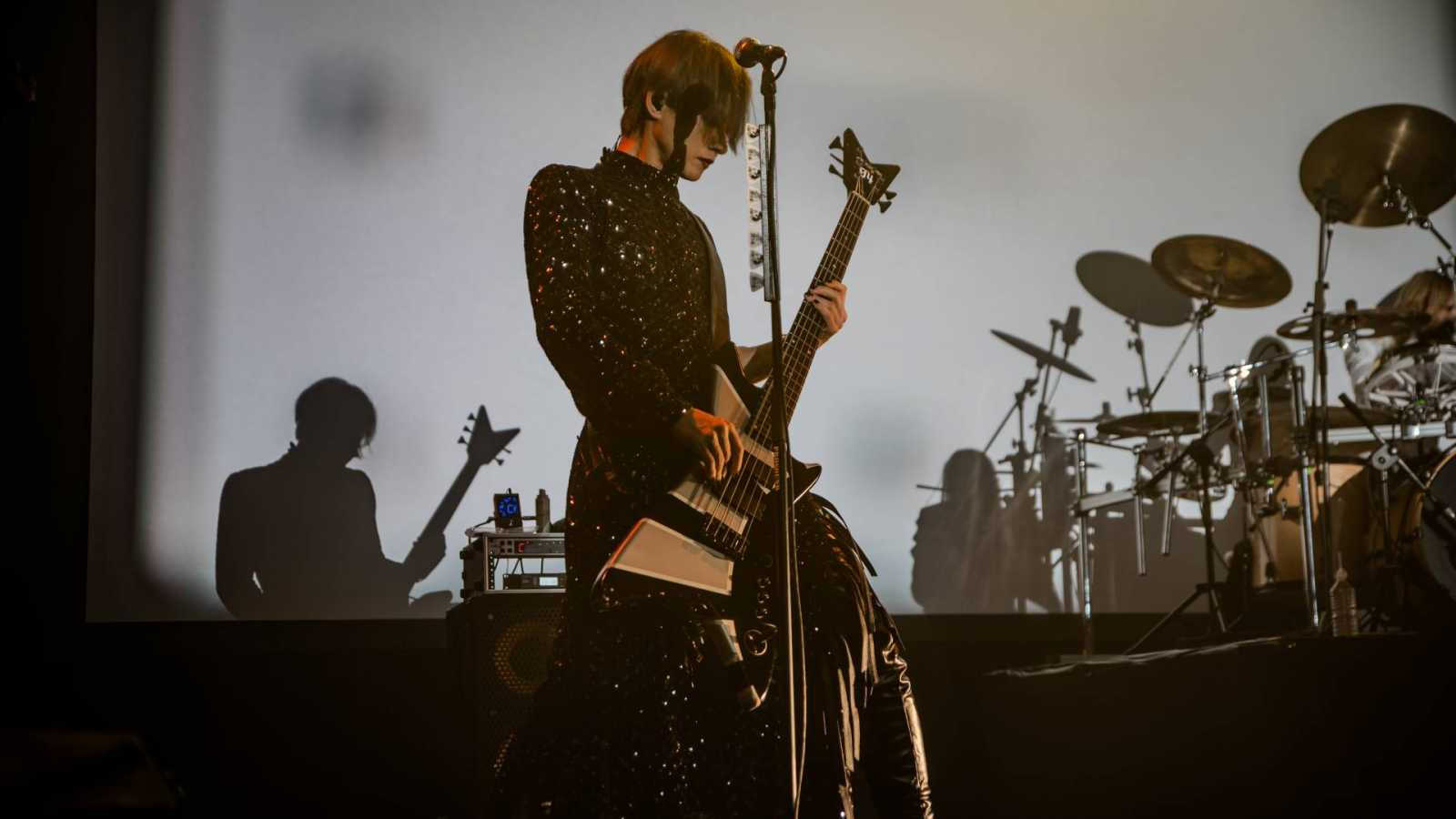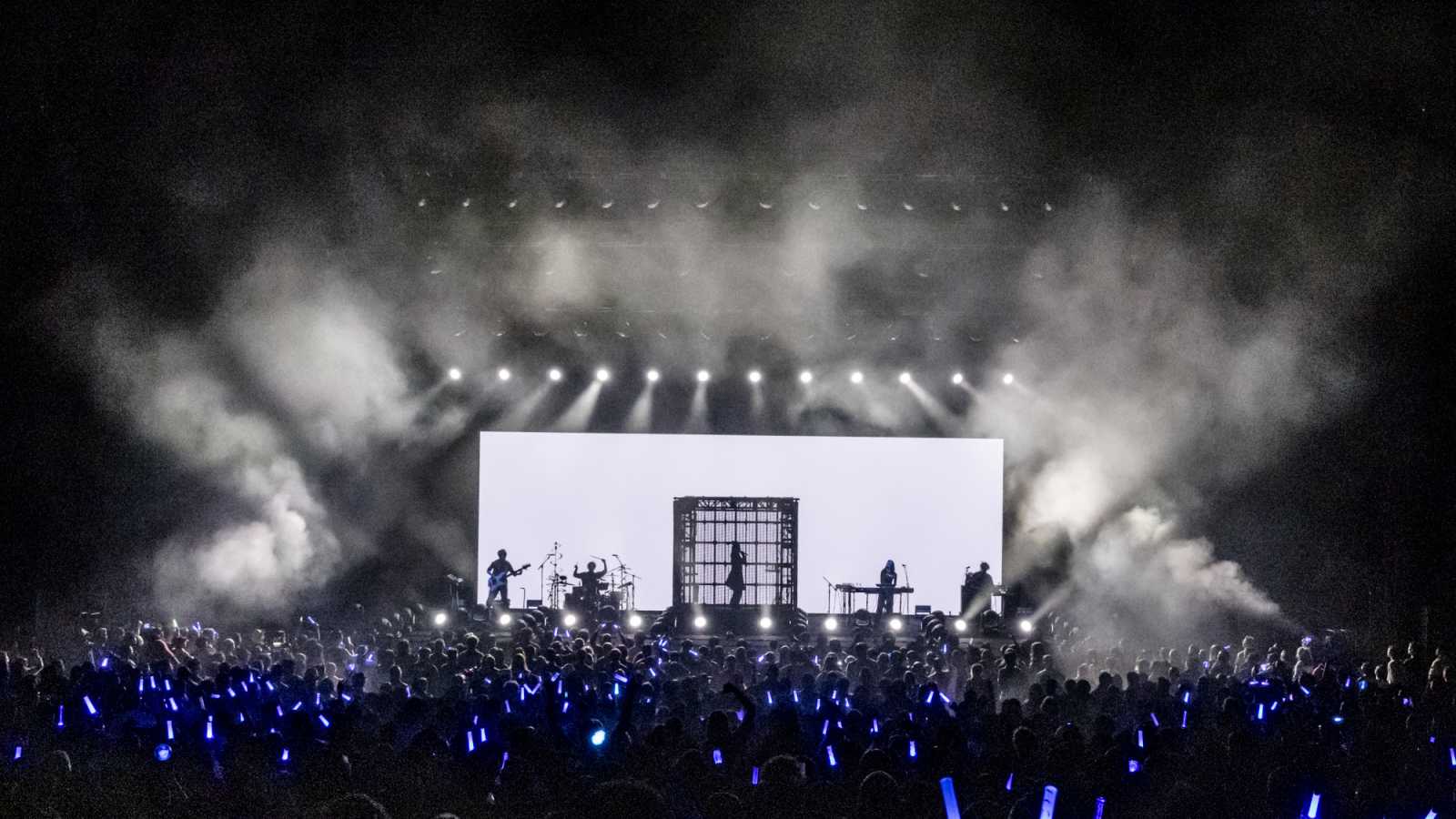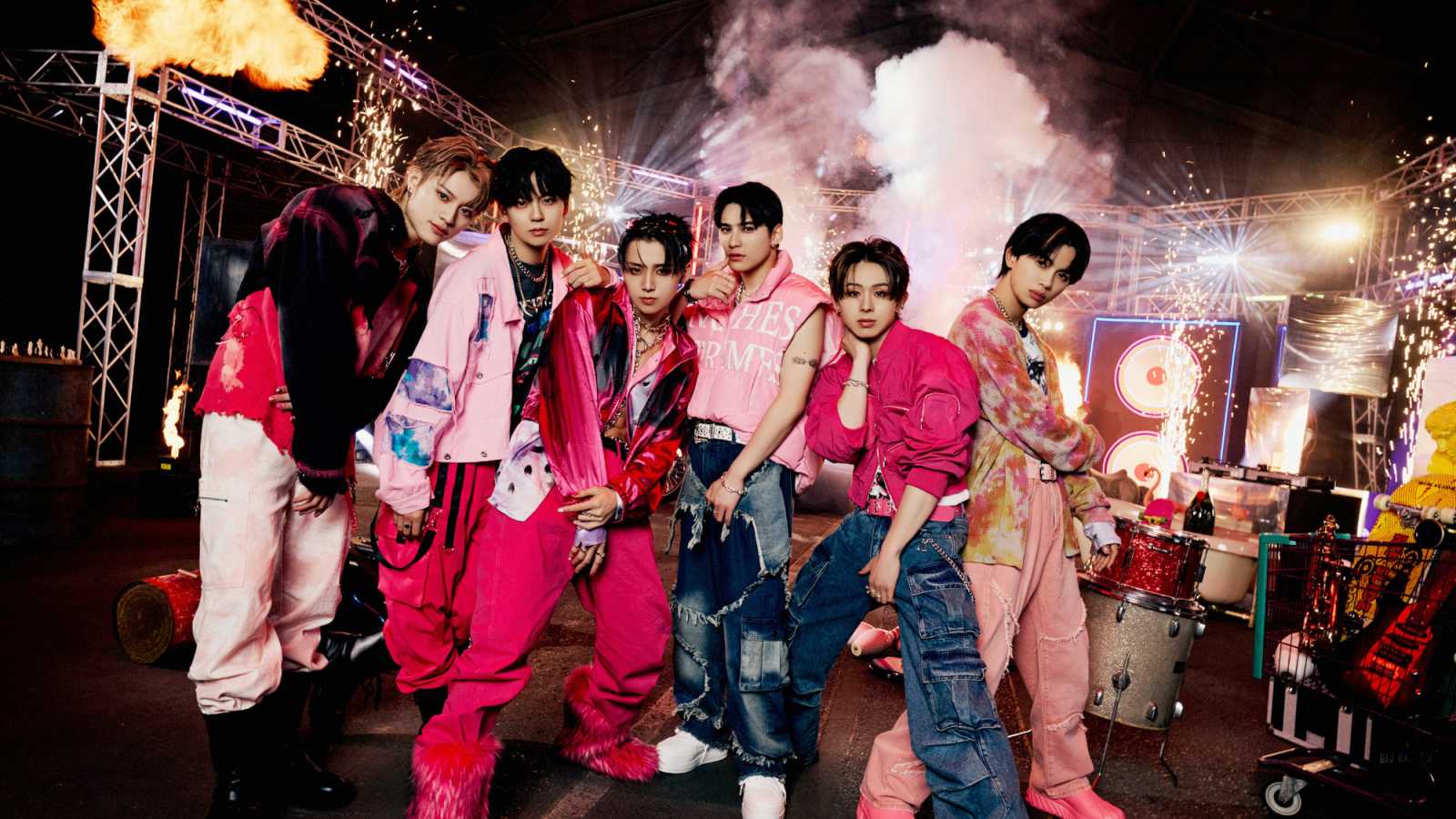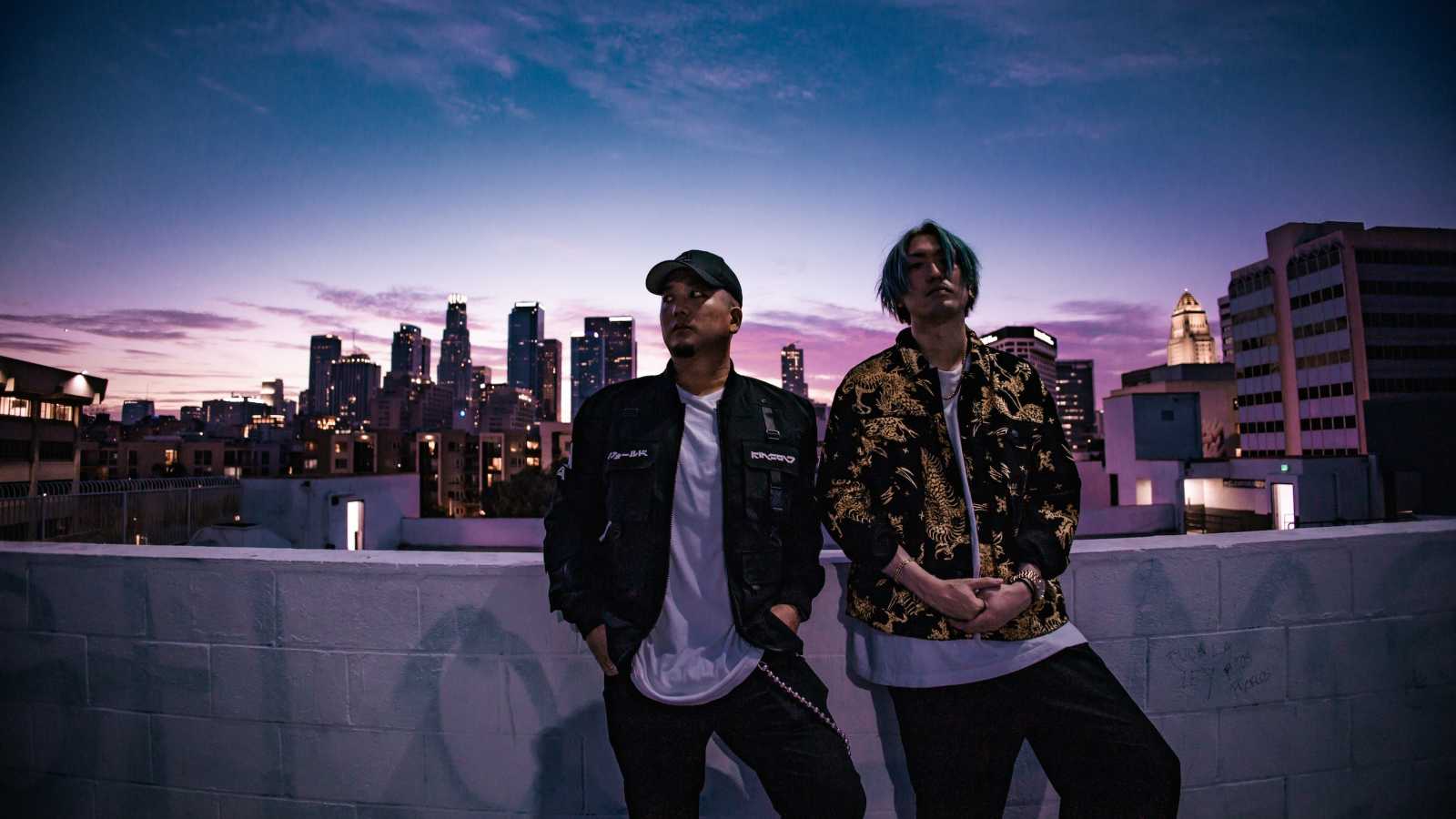Hailing from the Kagoshima prefecture, Nagabuchi Tsuyoshi modestly began his musical career in 1973. He played at a small university festival near his home and started a small folk group with two of his friends. In 1976, Tsuyoshi gained national recognition when he entered into the Yamaha Music sponsored event, POPCON, and performed the song Heart no Arashi Yama. He won a prize for his performance and the song was released as a single through Victor Records but unfortunately, it didnt do very well sales-wise. Not letting himself be discouraged, Tsuyoshi went on the advice that his mentors, Japanese folk pioneers Yoshida Takuro and Tomobe Masato, gave him and spent some time polishing his style as well as his voice.
The next three years would finally bring the success that Tsuyoshi deserved. He signed with Toshiba EMI in 1978 and released the single Jurenka. The next year, he followed up with many promotional events and released his first full album in March. He also began his first tour in July and Yoshida Takuro participated in several of the lives. The audience was literally blown away and Tsuyoshi's status as a folk icon was established at this point. His second full-length album, Gyakuru, dominated the charts and claimed the number one spot. By 1980, his icon status was as concrete as ever. The release of his Junko single sold more than one million copies and it, along with his third album, once again dominated the charts.
Tsuyoshi married actress and singer Ishino Mako in 1981, but they unfortunately divorced less than two years later. He went on to hold a 140 date tour that spanned the latter half of '81 to the middle of '82. Then in October of that same year, he embarked on another long tour that lasted shortly after the beginning of '83. In September, his Jidai wa Bokura ni Ame wo Furashi te iru album was released but it wasn't very well received by the public. Even still, the album was a jewel consisting of pure acoustic folk tunes and was recorded in Los Angeles with the help of several popular American musicians. Tsuyoshi showed off a slightly different vocal style and would continue to use this style in many more releases to come.
Unfortunately, several of his following releases weren't very successful as they sold just under the 100,000 mark. However, some of the tracks from those releases, such as COME BACK TO MY HEART and HOLD YOUR LAST CHANCE would later become classics. He held two more tours, both of which had poor attendance in comparison to his earlier tours.
Tsuyoshi changed his style and look around 1986 and became slightly more rock n' roll oriented. During his HUNGRY TOUR in January, he was hospitalized for quite some time but after he recovered, he released two albums nearly back to back. The first was regarded as a "transition" album because it didn't have a defined style within it while the second of the two, STAY DREAM, was closer to his original style. The album designated his "comeback" of sorts and his Tsuyoshi Nagabuchi Live Tour '86 STAY DREAM sold out. He acted in a few dramas here and there during 1987, usually playing the bad boy type. When his LICENSE album was released in August, it once again landed him at the top of the charts and he won many music awards. In 1988, Tsuyoshi decided to re-record his song Kanpai, which he released nearly eight years earlier. Kanpai was immensely successful and stayed on the charts for two years and sales exceeded the million mark. Later on that year, he held a tour that would lead him to Tokyo Dome for the first time and he also married, actress and model, Shihomi Etsuko.
1989 was filled mostly with tours while 1990 is the year that Tsuyoshi truly took Japan by storm. He released the album Jeep, which notably contained the aggressive song Onna yo GOMEN. All of the tracks from Jeep were heavily influenced by rock n' roll but still had his usual folk elements expertly intertwined. He also played a New Year's Eve live in Berlin.
He wasn't very active in the first half of 1991 but he more than made up for it with the release of Shabondama in October and a follow up tour in December, which once again broke his previous attendance records. With more releases and tours, Tsuyoshi pretty much kept his current style until he decided to once again change in 1993. His look was somewhat between a pirate and gypsy and he wore a Mala (Buddhist chain) around his neck and left wrist and his sound went back to being more folk influenced. After a short trip to India, the "wolf of Kagoshima" made his way to America. During his time there, he recorded a primarily acoustic album, Captain of the ship, which featured many famous American musicians. The title track is a 30 minute-long epic, but is shortened down to 15 minutes during lives.
Things continued on like previously until Tsuyoshi ran into more drug-related problems and was hospitalized again. His next album, Kazoku was released at the beginning of 1996 and is a continuation of Captain of the ship. Ready to cast off his pirate/gypsy style, he then decided to show off his charming crooning style with the release of Fuzakenjane, which carried many jazz influences. Not too much was heard out of him until the release of his mellowed-out Acoustic Ore no Taiyou. Many of his older songs were rearranged and this time performed just on one acoustic guitar.
Sadly, in the first year of the new millennium, his mother, whom he was very close to, passed away. He then went out of the media spotlight only to appear again in 2001. Tsuyoshi flaunted his new, boxer-like, physique and once again different overall style. He released a new album in June but spent most of his time touring mainly in Japans larger venues.
A few years down the road in 2004, a tribute live to Tsuyoshi, Hey ANIKI! was held. Many artists and groups came together for this special event but an even more special event was in the works. A giant arena was constructed at the base of the Sakurajima volcano in his home of Kagoshima and Tsuyoshi was privileged enough to hold the first live. Tens of thousands of his fans showed up for what would end up being an emotional ten hour live with songs that spanned his entire career.
The next year, Tsuyoshi collaborated with Joe Hisaishi and together, they composed the main songs for the cinematic project Yamato. The film had been in production for many years and documents the lives of families in World War II. On October 19th, a new album was released and featured the songs used in Yamato. Many sold-out lives followed and lead him into the early vestiges of 2006.
So far this year, he has released many CD versions that cover some of his earliest lives as well as re-released some of his earliest classics. He also released the live DVD, Yamato Damashii, in May 2006. It seems there's no stopping this man as he's already been around for what seems like forever and there's no doubt that he'll continue to be around for many more years, possibly decades, to come.



